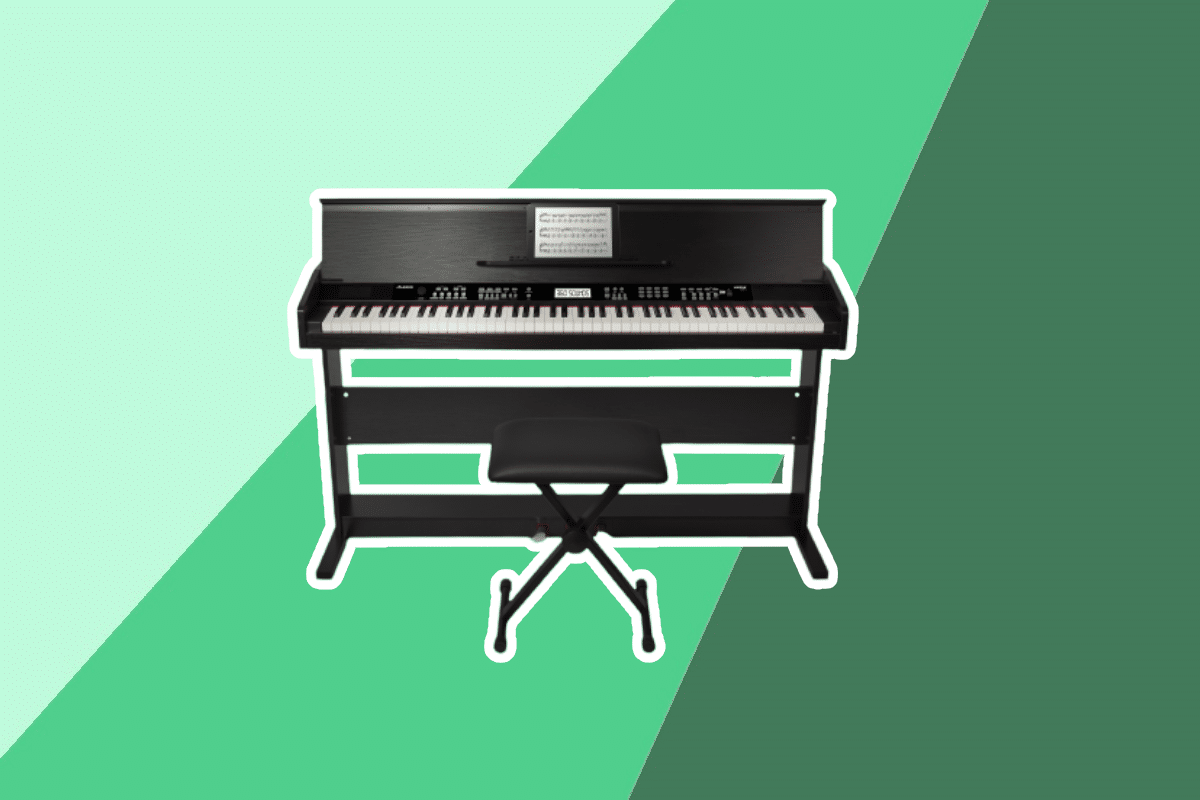
Are you looking for a great keyboard to start learning on? Maybe you are an adult beginner who has never played the keyboard before, or maybe you have been playing for a little while but want to upgrade your current equipment. In either case, this guide is for you!
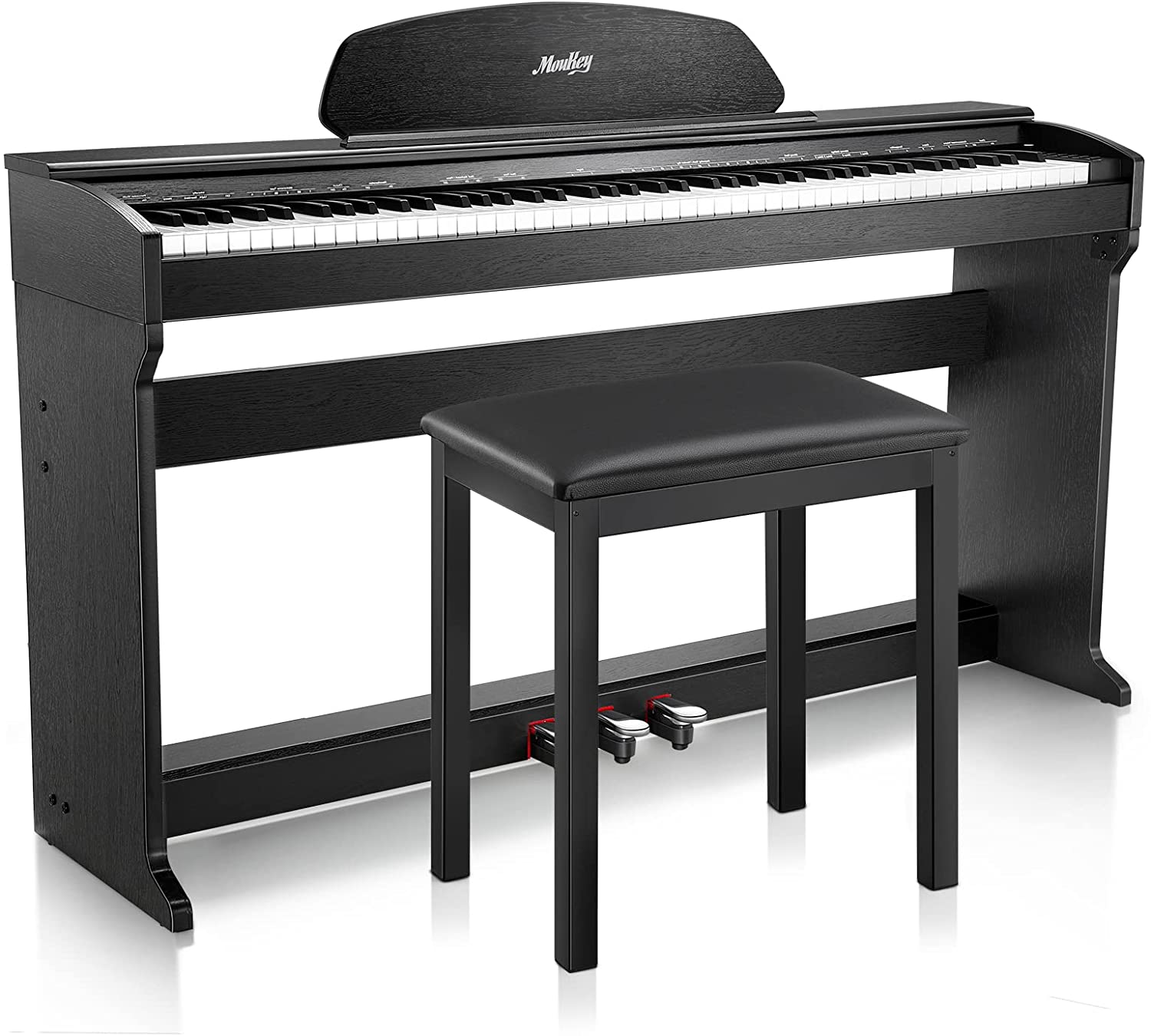

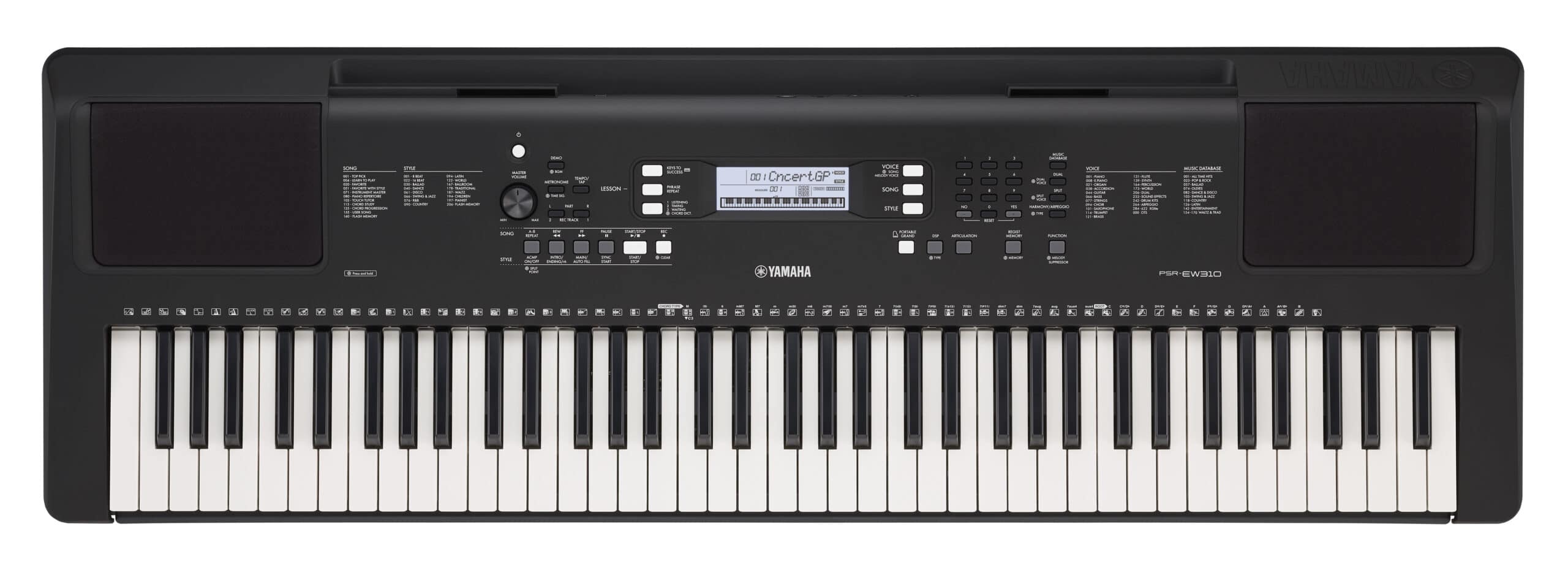

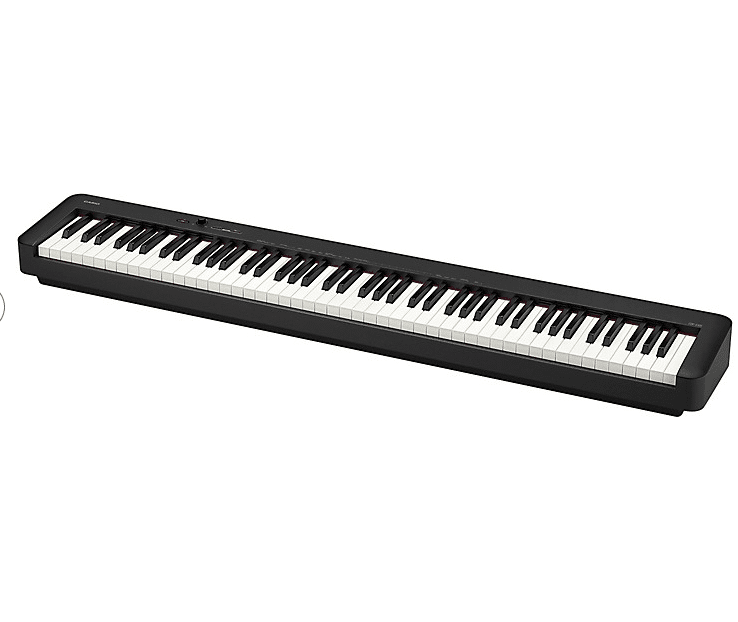

We considered a few different factors when making our recommendations for purchasing the best beginner keyboards for adults. First, we looked for keyboards with 61 or more keys, as this is the standard size for most keyboard instruments. This will give you a full octave of notes to work with and plenty of room to grow into more complex pieces. We also looked for keyboards that come with built-in speakers. This is a great feature for beginner keyboardists, as it allows you to practice without disturbing others or having to invest in separate speakers. Finally, we made sure to consider a variety of price points so that there is something for everyone on this list.
| № | Name | Rating | |
|---|---|---|---|
| 1 | Moukey MDP-350 |
9,9
|
Check price |
| 2 | Yamaha PSR-EW310 |
9,9
|
Check price |
| 3 | Casio CDP-S100 |
9,5
|
Check price |
| 4 | Alesis Virtue |
9,4
|
Check price |
| 5 | Eastar EP-120 |
9,7
|
Check price |
| 6 | Donner DDP-80 |
9,8
|
Check price |
More features: bench, 2 built-in 20W speakers, input MP3, built-in amplifier, support external tone or headphone

Do you want to learn how to play the piano? Moukey has the perfect solution for you. Our digital grand piano not only looks and feels like a real grand piano, but it comes with a bench, built-in metronome, and teaching mode. You can even connect your headphones or amplifier for more privacy. In addition, it has three pedals just like a real grand piano. With this digital grand piano, you can finally learn how to play the piano in the comfort of your own home without having to go to a music school. You do not even need an instructor – just follow the easy instructions on the LCD screen. It is perfect for all skill levels – from beginner to advanced. And because it’s made by Moukey, you know it’s a quality product that will last for years.
The Moukey MDP 350 is a well-known piano, often compared to the MDP 450. Both are designed for beginners, with a demo-teaching mode that makes it easy to practice. But while they have very similar features, the 350 weighs about half of what the 450 weighs, making it easy to carry this piano from place to place to practice. One person can handle carrying and installing the MDP 350, but this is not the case with the latter.
More features: MIDI connectivity, advanced memory, integrated speakers, pedal

Yamaha is known for making some of the best musical instruments in the world. The PSR-EW310 is perfect for beginner pianists. It has 76 touch-sensitive keys, and a variety of features that make learning how to play the piano easier than ever before. With 622 voices to choose from, you will never run out of options for your music. The Yamaha Education Suite provides even more ways to learn and practice playing the piano. You can split the keyboard into two halves with its own middle C, or use Touch Tutor lesson mode to help you improve your skills. The Duo mode splits the keyboard in two so that two people can play together at the same time. Plus, it’s compact and lightweight so you can take it with you wherever you go.
The Yamaha PSR-EW310 is loaded with features that make learning more convenient and fun, and this sets it apart from the Editor’s Choice, Moukey MDP 350. The Yamaha comes with featured for playing two cords, backing tracks, and sound effects. While the MDP 350 is ideal for beginners who want simplicity to stick to the basics, the PSR-EW310 is better for any pianist who wants to avoid buying an advanced piano when their skills improve.
More features: MIDI USB, pedal input, LCD display, line input, control via app

The Casio CDP-S100 is a great way to start learning to play piano. It’s velocity-sensitive, so your playing will feel and sound more realistic. Plus, it has a backlit LCD display and front-panel controls, making it easy to use. And if you ever get stuck, there’s a free Chordana Play for Piano app that can help you out. The key surfaces are simulated ivory and ebony, so they feel great under your fingers. You do not have to take our word for it – just check out the rave reviews this piano has gotten from other customers. They love that it is 40% smaller and lighter than other pianos in its class, making it easier to move around. So why not order one today and see for yourself how great this piano really is?
The Casino CDP S-100 is the upgraded version of the S-90, which is also designed for beginners. Although the S-100 weighs double of what the S-90 weighs, it still manages to be 40% smaller than most pianos. As the S-90 is not always comfortable for play, the S-100 improved on that with the newly designed scaled hammer action keyboard. Each of the 88 keys have precise weighting and a great feel against your fingers.
More features: stand, bench, LCD display, MIDI in- and outputs, built-in metronome, integrated 15W speakers
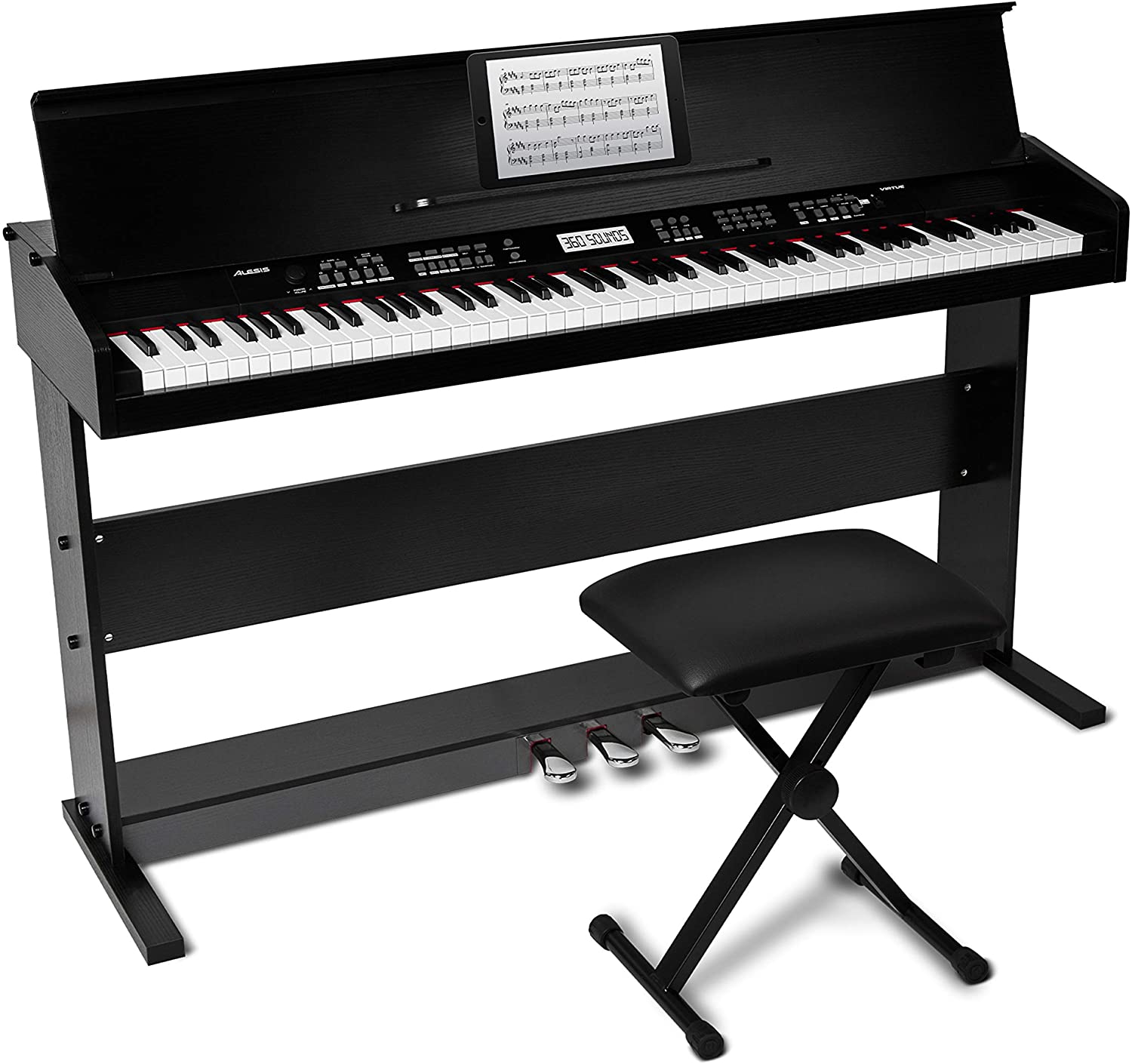
Are you looking for a new 88-key digital piano? The Alesis Virtue is perfect for beginner pianists. It has velocity sensitivity and an adjustable touch response, so you can customize playing experience to match your own style. Plus, it comes with three pedals (sustain, soft, sostenuto) and a backlit LCD screen. You can use the pedal resonance feature to adjust the sound of each note depending on how hard you press the pedal. This gives you more control over your sound than ever before. The keyboard also comes with a stand, bench, MIDI in- and outputs, built-in metronome, integrated 15W speakers, and more. And if that’s not enough, there are 3 months free Skoove Premium piano lessons with every purchase.
The Alesis Virtue is pretty similar to the Moukey MDP 350, which we named as the editor’s choice. With the Moukey, you can easily teach yourself how to play, but the Alesis Virtue comes with features for those who have a teacher. The keyboard can split into two, with both sides carrying the same keys, so two people can play together. It also comes with multiple sounds and accompaniments for practice, and allows you to record your songs and check later.
More features: metal sustain pedal, touch screen panel, MP3 USB thumb drive jack, MIDI USB (Type B), audio input and output
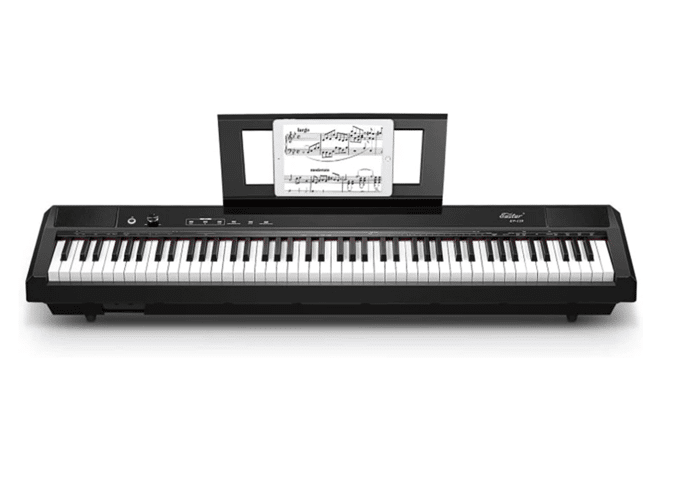
Do you want a top of the line digital piano without spending too much? The Eastar EP-120 is perfect for people who are looking for an affordable digital piano that still offers all the features and quality of more expensive models. It has 88 keys, 128 notes of polyphony, 31 voices, and a variety of connectivity options. Plus, it’s easy to use with a touch screen panel and metal sustain pedal. You will not find another digital piano on the market with these features at this price. If you are looking for an affordable option that does not sacrifice quality or functionality, the Eastar EP-120 is the perfect choice for you.
When it comes to convenience, the Eastar EP-120 stands out from others on our list. It features a touchscreen panel unlike other pianos like the Casio CDP S100 which only has an LED display with controls. The Eastar also provides more input and output spaces than its Casino counterpart, and can be connected to computers, headphones, phones, tablets, and even thumb drives.
More features: three-pedal system, wood body material, 20W integrated speakers, MIDI USB output, audio in- and output
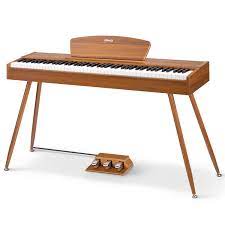
Do you want a real acoustic grand piano in your home without taking up all the space? The Donner DDP-80 is a digital upright piano that gives you all the features of a regular acoustic grand piano. It is made to fit into any interior, and it has a sleek wood body material. Plus, it comes with a three-pedal system and 20W integrated speakers. You do not have to be an expert pianist to appreciate this incredible instrument – anyone can enjoy playing on it. With weighted technology, the low notes are heavier and the high notes are lighter, just like on a regular acoustic grand piano. And if you want to practice in silence, just put on some headphones!
Although the Donner DDP 80 is pretty similar to the DDP 90, the former stands out with its attractive wooden design. The DDP 90 looks like your everyday digital piano, but comes with the same polyphony, pedal system and fully weighted keys. The DDP 80 also gives you all the functions of an acoustic piano, setting it apart from others.
When you are looking for a beginner keyboard, there are a few factors that you should keep in mind. We considered several factors when making our recommendations for your best purchase.
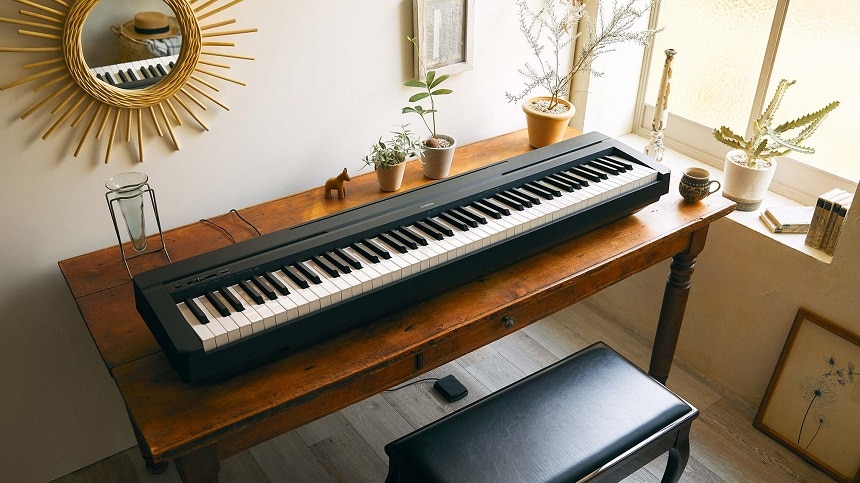
The number of keys is important because it determines the range of notes that you can play. A keyboard with 61 or more keys gives you a full octave of notes to work with, which is the standard size for most keyboard instruments. This allows you to play a wide variety of pieces and gives you room to grow into more complex pieces as you become a more experienced keyboardist. A keyboard with 88 keys is the industry standard for grand pianos, so if you’re planning on playing classical pieces or other advanced material, you’ll want to look for a keyboard with at least this many keys. However, if you are just starting out, a 61-key keyboard will be more than enough to get you started. You can find even more in our article about the best pianos under $300.
Polyphony is the ability of an instrument to play more than one note at a time. Monophonic instruments can only play one note at a time, while polyphonic instruments can play multiple notes simultaneously. The term “polyphony” comes from the Greek words for “many” (poly) and “voice” (phonia).
There are two types of polyphony: homophonic and contrapuntal. Homophonic polyphony means all the notes are played in unison, while contrapuntal polyphony is when the notes are played in counterpoint (i.e., in different voices).
The number of voices that an instrument can play simultaneously is called its “voice count.” The voice count of an instrument can be as low as two (e.g., a piano) or as high as 128 (e.g., some digital synthesizers).
In general, the more voices an instrument has, the higher its polyphony. However, this is not always the case, as some instruments (e.g., the human voice) are monophonic but can still produce multiple notes simultaneously.
So, when you’re looking at beginner keyboards, one of the things to consider is how many voices/notes it can play at once. The higher the better!
The presets in keyboards are usually sounds or instruments that come with the keyboard. These can be anything from pianos to guitars to drums. Some keyboards will have more than one preset, and you can usually scroll through them with a button or knob on the keyboard. Many people find it helpful to have a variety of presets available so they can experiment with different sounds. Some keyboardists even use multiple presets at once to create unique and interesting textures.
However, not all keyboards have presets, and some people prefer to create their sounds or use software instruments. If you are interested in creating your own sounds, you will want to look for a keyboard that has MIDI capabilities. MIDI is a protocol that allows electronic musical instruments to communicate with each other. With MIDI, you can connect your keyboard to a computer and use software to create custom sounds. You can also use MIDI to record your performances and share them with others.
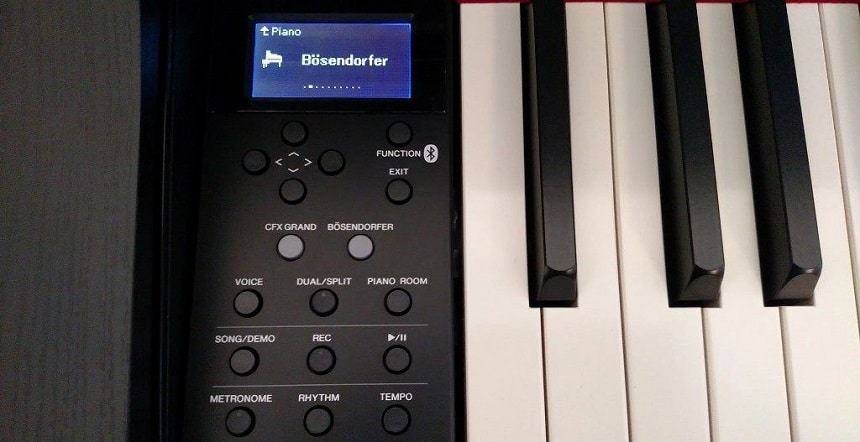
The control panel is the portion of the keyboard that contains the keys and other controls, such as the pitch bend wheel and modulator knob. It is typically located to the left of the keyboard.
On some keyboards, the control panel may also include a display screen that shows information about the current sound or patch, as well as other settings.
Most keyboards use MIDI to connect to other devices, such as computers or sound modules. MIDI uses a standard protocol that allows different devices to communicate with each other. You can think of it like a language that all MIDI-compatible devices speak.
MIDI is a digital interface, meaning that it converts your performance into digital data that can be stored on a computer or other device. This is opposed to an analog interface, which converts your performance into an electrical signal that can be amplified and sent to speakers. Read our article on the best MIDI controllers for reason!
An important thing to note about MIDI is that it does not store audio data. Instead, it stores information about the notes you play, when you play them, and how hard you play them. This data can then be used to trigger sounds from a sound module or software instrument.
A portable keyboard is a small, lightweight keyboard that can be easily transported. Portable keyboards are often used by beginner keyboardists or those who do not have the space for a full-sized keyboard. Some portable keyboards come with built-in speakers, making them ideal for practice or travel. Others may have MIDI capabilities, allowing you to connect to a computer or other devices to create music. When choosing a portable keyboard, it is important to consider the size, weight, and features that you need. Some portable keyboards have fewer than 61 keys, which may be sufficient for beginners but may limit your ability to play more complex pieces. Others may have a variety of extra features, such as pitch bend or modulation wheels, that can be great for experienced keyboardists. Choose the portable keyboard that is right for you based on your needs and budget.
Non-portable keyboards are typically larger and heavier than portable keyboards, and they often have more features as well. Many digital pianos fall into this category, as well as some arranger workstations and synthesizers. If you are looking for a keyboard to use at home or in the studio, a non-portable keyboard is likely the best option for you. If so, Read our compilation of the best piano benches to improve your comfort!
However, if you need something that you can take with you on the go, you will want to look for a portable keyboard instead.
A keyboard with built-in speakers is a great feature for beginner keyboardists, as it allows you to practice without disturbing others or having to invest in separate speakers. This is a great way to get started with playing the keyboard without having to worry about too many extra pieces of equipment. Additionally, many keyboards with built-in speakers also have a headphone jack, so you can practice without disturbing others even if they are in the same room. This is a great feature to have if you want to be able to practice anytime, anywhere.
The General MIDI standard was developed to provide a higher level of compatibility and interoperability between different MIDI instruments that utilize the General MIDI system, allowing for the reuse of song data.
Depending on the degree of compatibility, there are two types of General MIDI: Level 1 and Level 2.
The Moukey MDP-350 is a great digital piano for professionals and beginners alike. It has 88 keys, touch sensitivity to allow you to play like an artist with your style of music in awaits! Plus, it’s versatile enough that will work no matter what level or experience type someone may be – whether they’re just starting as well being a professional musician who wants their very own starter kit.
The Yamaha PSR-EW310 is a great versatile keyboard made by a famous quality brand. With 76 keys, 48-note polyphony, and 622 voices to choose from, you will be able to create any sound you can imagine.
The Casio CDP-S100 is a highly versatile and portable digital piano, ideal for both beginners and experienced players alike. It features 76 keys, 64 note polyphony, 10 voices, and MIDI USB connectivity. The LCD display, line input, and control via app are greate bonuses for your best beginner keyboards for adults!